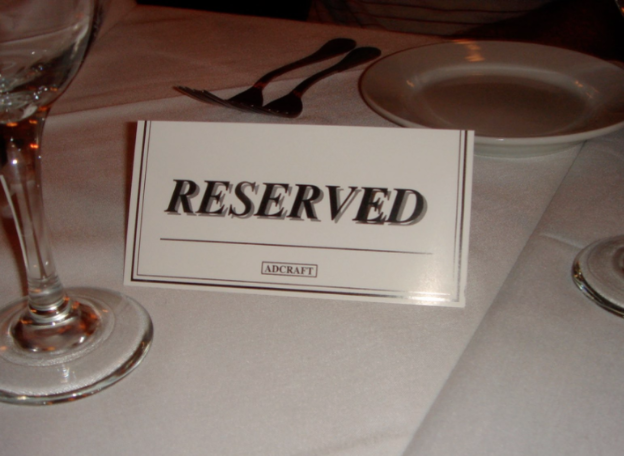Photo Courtesy of Flickr Creative Common
Reservations at restaurants weren’t always as common as they are today. Centuries ago, restaurants all operated on a first come, first served basis. While this worked out well, reservations have definitely made it easier for restaurant owners and chefs to keep the kitchen running optimally because they know exactly what to expect for a given night. It eliminates food waste, and keeps guests happy because they don’t have to wait an hour to be seated.
While a lot has changed in the restaurant industry, some things have remained the same. Restaurant owners still hate food waste and inefficiency, and diners still hate waiting for tables. While reservations are fairly common, technology has changed the way reservations are taken, and services like “call-ahead” seating have become much more popular. You don’t have to take reservations, but if you’re going to, it pays to do it correctly — or not do it at all.
Why Take Reservations? Reservations benefit both the restaurant and the customer; they make it easy for everyone to know where they’re supposed to be, which makes your dinner service run smoothly. If you schedule out correctly, your customers will not be rushed, your servers won’t be stressed, and you’ll know approximately how many tables you’re serving in a night. Some restaurants only take reservations for special occasions, like a holiday brunch.
There are some downsides to reservations, starting with the most common one: No-show or late customers. When a guest is late, it can throw off the reservations for an entire evening, and a no-show means you can’t seat that table. There are ways to thwart this behavior — such as letting customers know they have a 10 minute window before you give their table away, or taking credit cards for reservations — but that doesn’t make it any less aggravating.
Other problems can arise as well, such as double booking, or not writing down reservations at all. These are internal issues, however, and need to be addressed with your staff immediately. Getting reservations mixed up on a regular basis is a surefire way to turn away customers.
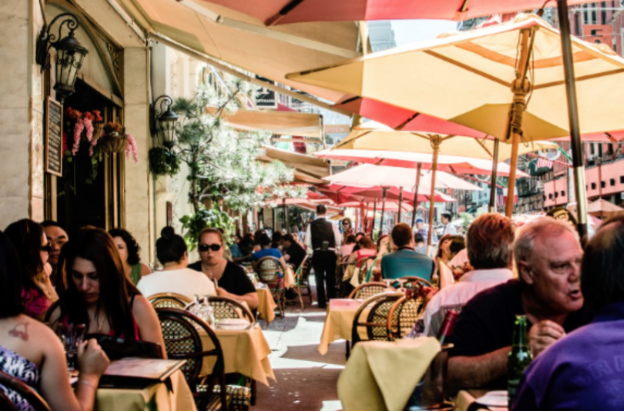
Photo Courtesy of Flickr Creative Commons
Sometimes Reservations Don’t Benefit Anyone. Just because you have a restaurant doesn’t mean you have to take reservations. There are several kinds of restaurants that don’t benefit from them. If your restaurant is a quick service place that’s goal is to get people in and out as fast as possible, reservations will hinder more than help. A laid back, casual place (such as an upscale sports bar) might benefit from reservations, but you’ll have a difficult time getting people to actually take advantage.
Another reason you may not need them is one you may not want to hear: You’re just not busy enough. A reservation is a symbol of exclusivity. People make them because they don’t want to miss out. Nothing cancels out that feeling of excitement and privilege quite like making a reservation for a specific time and showing up to an empty restaurant.
Some restaurants don’t take reservations because they want to sell more drinks. This is achieved by making people wait for a table. Where do most people wait? At the bar. A 20-30 minute wait can mean an additional drink or two person. It also fills up the bar, giving your restaurant a feeling of fun and excitement. This might not work in an upscale restaurant where your average guest is older, or a place where a quiet atmosphere is expected.
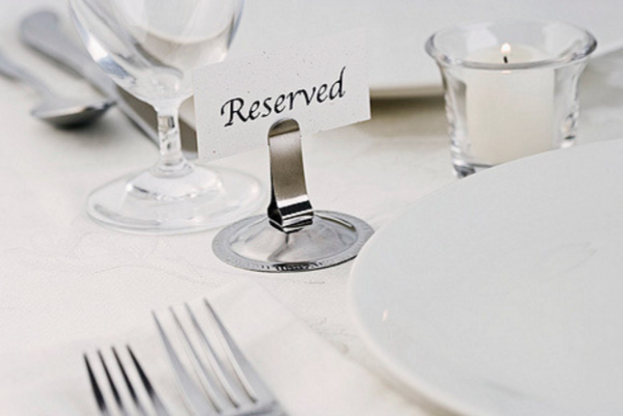
Photo Courtesy of Flickr Creative Commons
How to Take Reservations. While it seems like taking reservations is an easy task — you just have to pencil in customers at the correct time — it’s actually much more complicated than that.
The first thing you need to know is how many tables you have, and what your average dining time per table is. Do your research before you begin. You then know how far apart to space your reservations. Don’t guess at this. Too much time and you’ll have tables empty for too long; too short and your guests will either feel rushed while dining or be forced to wait for their table. Neither of these is a desirable situation.
Next, you need a way to deal with the aforementioned no-shows, because you will have them. The easiest way is to build in a 10-15 minute window, after which you will simply give the table to another guest. A much more extreme option is to take credit cards when making the reservation, with the understanding that if you don’t show up, you will be charged a fee. While this option may be okay for highly desirable restaurants, it can definitely be a turn off. Think carefully before using this option.
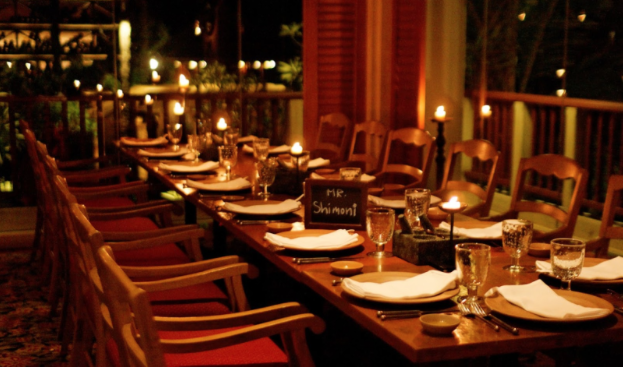
Photo Courtesy of Flickr Creative Commons
One way to dramatically decrease your chances of no-show diners is to confirm their reservation. A simple phone call on the day of, or an email reminder through an online service will work wonders. Another trick is to not take reservations too far in advance; the more far out a reservation is, the more likely diners are likely to forget.
Once you’ve determined how many reservations you can handle and what to with no-shows, the next step is actually how to take your reservations. Before technology, diners called the restaurant, and the host wrote down the name and time in a ledger. Nowadays, you can still do this, although the ledger is likely to be replaced by a computer or tablet. You might find, however, that most people prefer to make their own reservations without speaking to anyone. This can be done on your own website, or through a service such as OpenTable.
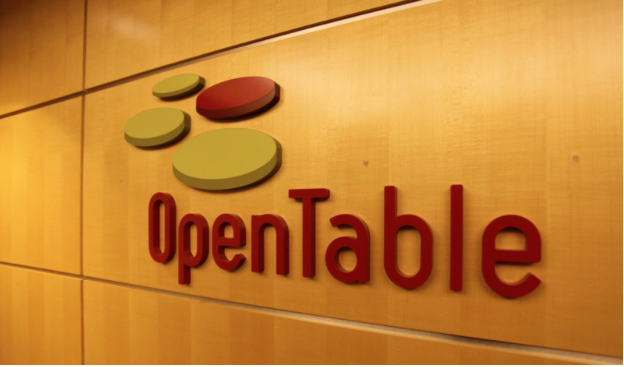
Photo Courtesy of Flickr Creative Commons
If you decide to take reservations, it’s important to do it the right way. This means understanding how your particular restaurant operates, as well as knowing what your core customer wants. While technology changes at lightning speed, one thing is always certain: Restaurant owners like efficiency and hate waste, and diners don’t want to waste time waiting on a table.
Do you take reservations at your restaurant? Why or why not?



